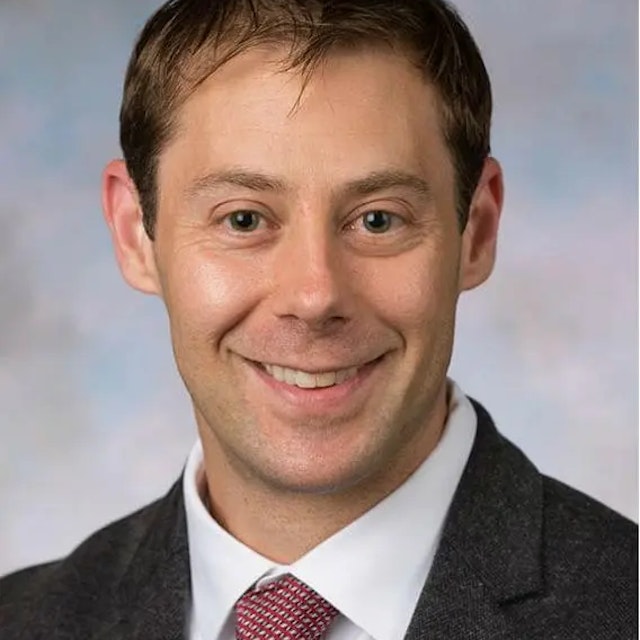Pharmacists are the most accessible healthcare professionals and consistently rank as one of the most trusted healthcare professionals in the United States. The general population, however, isn’t aware that there are different types of pharmacists. We need to talk about the most visible pharmacist in the field: the community pharmacist.
To the average person, the community pharmacist is “the face of pharmacy and pharmacists” – it’s who they know, it’s who they think of solely as their “pill counter” and drug dispenser. But what else does a community pharmacist do?
Like most other jobs, being a pharmacist has many hidden responsibilities below the surface. When a prescription is sent to your local community pharmacy, the pharmacist receives and reviews the provider order. This includes a prospective drug utilization review (DUR) of the patient profile to assess medication interactions, contraindications, and appropriateness of prescribed medications to ensure patient safety by identifying and resolving any problems before the patient receives their medication.
These include drug-drug interactions, drug-disease contraindications, abuse/misuse, and dosage changes. The prescription is then sent to the technicians and interns to be filled. Once the prescription is filled and verified, the pharmacist dispenses the medication and provides medication counseling to the patient. Community pharmacists are drug experts in prescriptions and the go-to for OTC product information.
The Community Pharmacist: A Day in the Life
A community pharmacist's workdays consist of leading a group of technicians and pharmacy interns, receiving and reviewing provider orders, maintaining records of controlled and non-controlled prescriptions, providing immunizations and direct patient care, and maintaining an open line of communication with providers. Work hours are flexible depending on the pharmacy.
Community pharmacists can work the typical “9 to 5” overnight at 24-hour stores, part-time, become floater pharmacists, work at different pharmacies within the same chain, and sometimes work the weekends, depending on the pharmacy.
Common Challenges
Some of the challenges you may face as a community pharmacist can differ based on your practice site. Not all pharmacy layouts allow rooms to provide one-on-one patient education, such as private counseling rooms or exam rooms. The time constraints placed on the pharmacist can make it hard to provide medication counseling to the extent you feel a patient deserves it. Most of the time, this is due to the constant requirement to review and verify prescriptions.
There are spikes in how a pharmacist spends his or her time, mainly due to seasonality. During influenza season (and more recently COVID-19), vaccinations become a large portion of your day and require more attention. Being short-staffed or needing more hours to staff your pharmacy at all times properly can lead to some frustrations experienced throughout the day. There may be little to no pharmacist overlap on most or all days; however, that can differ based on the practice site.
The lack of access to patients' electronic health records (EHR) limits the accurate information pharmacists can get about a patient’s medical history. Although pharmacists are considered providers in some states, they aren’t recognized as healthcare providers under the Social Security Act, so they cannot bill for their services under the Medicare Part B program. Not only does it affect Part B programs, but many payers in the U.S. follow Medicare payment policies, thus limiting reimbursement to pharmacists from these payers for their services.
How to Thrive as a Community Pharmacist
To be a thriving community pharmacist, one must possess leadership and managerial skills. As a leader, the pharmacist must guide the team by setting positive examples, embracing and utilizing team members’ strengths to achieve a common goal, being understanding and flexible when needed but firm, and being a strategic thinker/problem-solver. Your patients and your pharmacy team rely on you. Attentiveness and strong communication are necessary to complete prospective DURs and provide direct patient care daily. Community pharmacists play a substantial role in their community’s health and wellness, and a solid leader is needed.
As a community pharmacist, you can expect to work with other health care professionals to deliver the best possible patient care using a patient-centric care model. Sometimes, this includes a collaborative practice agreement. A collaborative practice agreement is between one or more providers and pharmacists in which qualified pharmacists working within the context of a defined protocol are permitted to assume professional responsibility for performing patient assessments, counseling, and referrals; ordering and interpreting laboratory tests; administering drugs; and selecting, initiating, monitoring, continuing, and adjusting drug regimens.
Collaborative practice agreements can reduce fragmentation of care, lower health care costs, and improve health outcomes. The extent of these agreements depends on the state of pharmacy practice and what level of drug therapy management the pharmacist can provide under state laws. Collaborative practice agreements are standard for chronic disease states such as diabetes, hypertension, and hyperlipidemia, each of which a community pharmacist has extensive knowledge of.
The Community Pharmacist as the Face of Care
Patients visit their community pharmacies more often a year than they do their physicians. Medication therapy management (MTM) can help optimize the patient’s medications and quality of life by allowing the pharmacist to review the patient’s medication record, identify any interventions, and/or refer to a physician if necessary.
